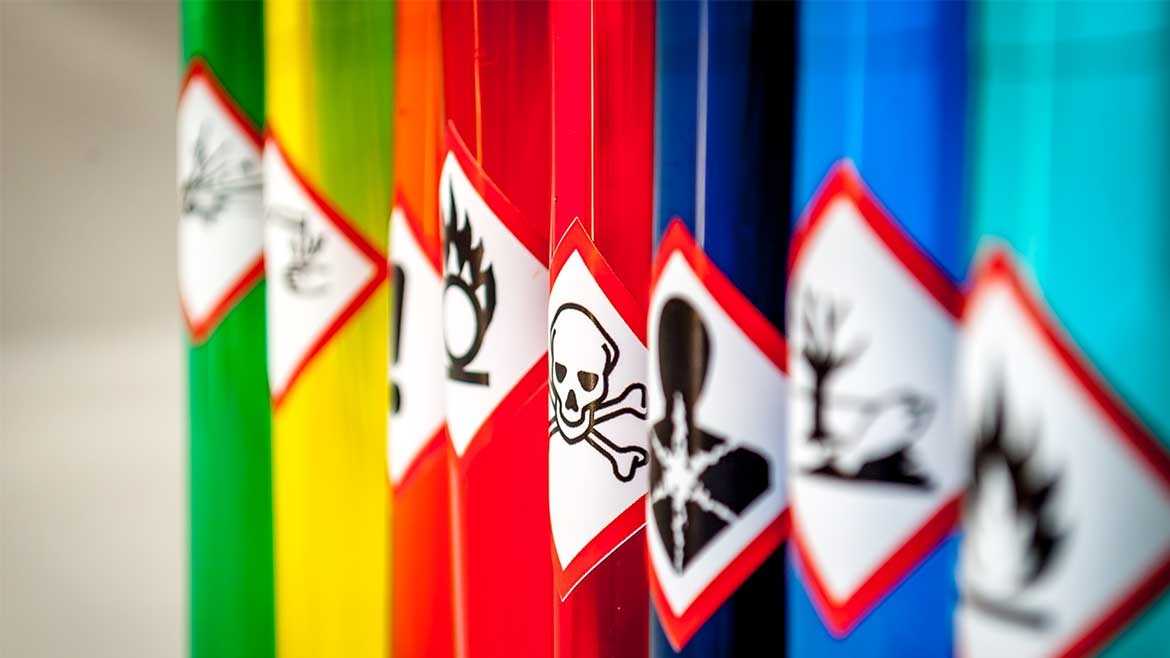Hazard Recognition

In the workplace, there are many different situations that can be considered hazardous. No one would knowingly put themselves in a hazardous operation without proper precautions. Unfortunately, sometimes we place ourselves in situations that may not appear to be risky, but later prove to be dangerous.
Controlling or correcting hazards in the workplace begins with understanding these concepts:
Hazard Recognition
Hazard recognition identifies any hazards associated with a task, environment, action, process or procedure. It is important to understand the actions that we can control as opposed to those we cannot.
Assessing Risk
Risk assessments examine operations and identify hazards that could expose employees, clients or products to risk. Can the hazard result in injury, illness, property damage or death?
Once the hazards are determined, management needs to find ways to control these hazards to prevent an occurrence of property damage or physical injury. After a period of time, a reassessment should be done to determine if what has been implemented has been effective.
Prioritize the Hazards
Your individual understanding and acceptance of “what is risky” determines what will be addressed immediately and what will be secondary. This assessment is based on two variables: the possibility or frequency of risk and the severity of the risk.
Hazards that pose imminent danger to a worker or could result in death should be given top priority to eliminate or reduce the chance of an accident. Not far behind are the hazards that occur frequently throughout a job task, coupled with a high chance for severe injury.
Where do you start?
Hazard recognition, assessment, and implementing controls for hazards in the work area can be done with a Job Hazard Analysis (JHA), which is a very effective tool to address hazards in the workplace. Once the JHA is completed, it can be used for training new employees, developing administrative and engineering controls, and support for disciplinary action. Contract DTRIC’s Risk Consulting team if you want more information or guidance on this process.
Talk to Your Agent
Talk to your insurance agent today to create a business insurance package that covers risks common in your industry and specific to your business needs.

